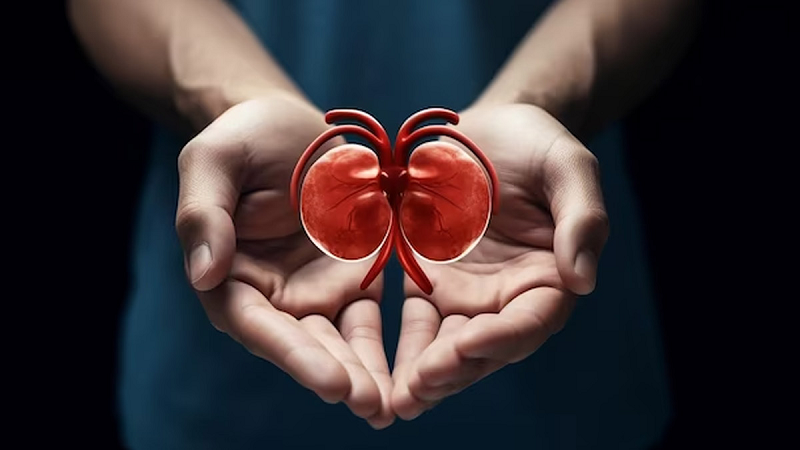
If you sleep less than this number of hours, it can prove to be dangerous for your body and lungs. According to a report published in the journal 'Nature Communications', a bacterium called REV-ERBA shows an effect on the lungs due to less sleep. Due to this marks start to form. Pulmonary fibrosis, or scarring of the lungs, is a serious concern. Because of this, the lungs become thick and hard, and there is difficulty in breathing. While medicines can reduce the symptoms of pulmonary fibrosis. For your information, let us tell you that once a dangerous infection occurs in the lungs, it takes time to recover again.
Let's understand how the sleeping pattern is the link to lung disease.
Production of collagen in rats increases due to 'Cicidium rhythm protein' REV-ERB. It is a major component in connecting tissues. According to PhD Dean Professor Irfan Rehman, who was leading the URMC team, collagen in the lungs increases due to the 'Cicidium rhythm protein' REV-ERB. Due to this, the risk of lung infection increases.
This confirms the link between body biology and lung diseases and uncovers a new mechanism underlying this link. The study authors report that a deficiency of the circadian rhythm protein, REV-ERBA, contributes to lung scarring in mice by increasing the production of collagen and lysyl oxidase, a key component of connective tissue. Which stabilizes the connective tissue and makes it more rigid.

The team, led by Professor Irfan Rahman, PhD, dean of environmental medicine at URMC, found low levels of REV-ERBA and large amounts of collagen and lysyl oxidase in lung samples from patients with pulmonary fibrosis. Inducing lung injury in rats had a similar result. Decreased levels of REV-ERBA and increased levels of collagen, lysyl oxidase and other markers of fibrosis.
Rahman and Wang, the authors of this report, say that all these results prove that the treatment of fibrotic disease is possible. Especially in a case like circadian. For example, excessive drinking of alcohol causes diseases like liver fibrosis.










